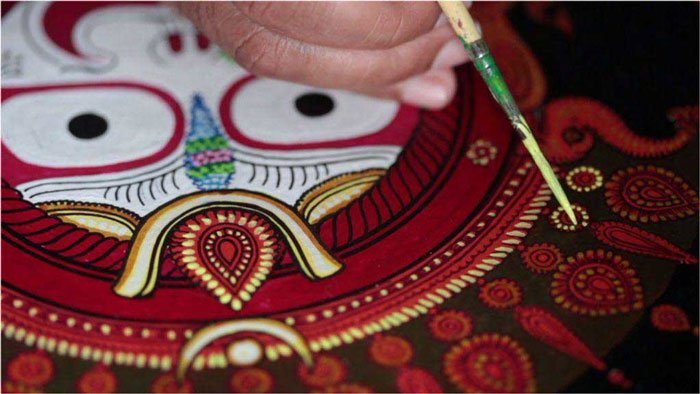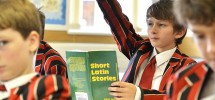Indian traditional paintings are one of the oldest form of art and are venerable for the same. Most of these ancient methods of painting are used to illustrate religious, political and cultural advancements.
These art forms enjoy an unmatched recognition in the world of art all around the globe.
However, Pattachitra paintings are one of the most known and appreciated art forms that hail from the state of Odisha.
If you are planning to buy the same from a paintings gallery or own any of these paintings, then read this blog to increase your familiarity and understanding of the Pattachitra Paintings.
Meaning
The word Pattachitra has originated from Sanskrit words “Patta” meaning cloth and “Chitra” meaning picture.
Just like any other Indian traditional paintings, this too is linked with the great Lord Almighty. These paintings depict the stories from the Ramayana, the Mahabharata, Lord Jagannath and Radha and Krishna Paintings.
History
Earlier these paintings were made only by men but now women artists too have started practicing this fabulous Indian traditional paintings style.
These paintings have survived centuries as they have always been in demand in the Jagannath temple of Puri. The pilgrims who come from all over India to visit these temples love taking these paintings to their homes as a souvenir.
This painting traces its origin from the eighth Century AD. Fragmentary evidences of cave paintings have also been found in Khandagiri, Udaygiri and Sitabhinji.
Pattachitra paintings are linked inseparably with the Jagannath cult. The pattachitrakars were the temple functionaries who used to live in and around the temple town of Puri. Gradually, the community widened and more people started practicing this form of Indian Traditional Paintings.
People started experimenting more with this form by inculcating a variety of non-religious themes in their paintings while keeping the elements of Pattachitra paintings.
However, this has not reduced the creation of pattachitras based on Jagannath icons and they still remain the core of the illustrative content of pattachitra paintings.

Facts
A majority of Pattachitra paintings practitioners reside in the crafts village of Raghurajpur, in the district of Puri, Orissa.
The custom of making Pattachitra Paintings is passed on from one generation to the other.
The “pattas” are made from silk or cotton through a complicated process that takes the women a minimum of 5 days to complete. First, a natural glue made of tamarind (imli) seeds is prepared. This paste is made either by soaking tamarind seeds in water for about three days or by grinding them with a pestle till they are jelly-like in consistency. Some also mix the ground pulp with water in an earthen pot or heat this into a paste which is widely known as niryas kalpa. The canvas on which the painting is created is then made by sticking together two layers of cotton cloth using this natural glue paste.
Then, soft clay stone is powdered and mixed with the glue paste and 2-3 coatings of this mixture is applied on the prepared canvas on both sides. The stone is found in the Nilgari Mountains. The consistency of this paste is chalk-like. Now the painters also buy this from local shops. The canvas then takes more than half a day, after which the cloth is cut into the desired shape and size. The surfaces of the cloth are then polished using a rough burnishing stone and a smooth stone or wood.
The colors are made by powdering the stones that yield certain colors. These powder color pigments are mixed with glue which is made from the fluid of (Elephant apple) fruit tree. The pattachitra painters mix these colors in dried coconut shells. Black is extracted from lamp soot, yellow from Hartala stone, conch shells for white.
A Pattachitra painter always starts and ends his painting with the white color. First, the painting borders are drawn on all four sides. Next, the chitrakar outlines the figures with very thin white lines. Body colors are then added, and the characters are clothed with fine brush strokes. Small and fine white decorative subjects are then painted in white. After the painting is complete, it is lacquered for making it water-resistant and more durable.
The paintbrushes used by the chitrakars are usually made of the Keya root. The finer ones have wooden handles and are made of mouse hair. There are a dozen of long mouse hairs, which, when dipped in paint, have a needle-point edge.
Pattachitra paintings pay special attention to details. The body varies from thick lines to geometrical patterns and floral depictions with precise detailing.
Now that you know the less known facts about pattachitra paintings, not buying one from an illustrious paintings gallery is not an option.




